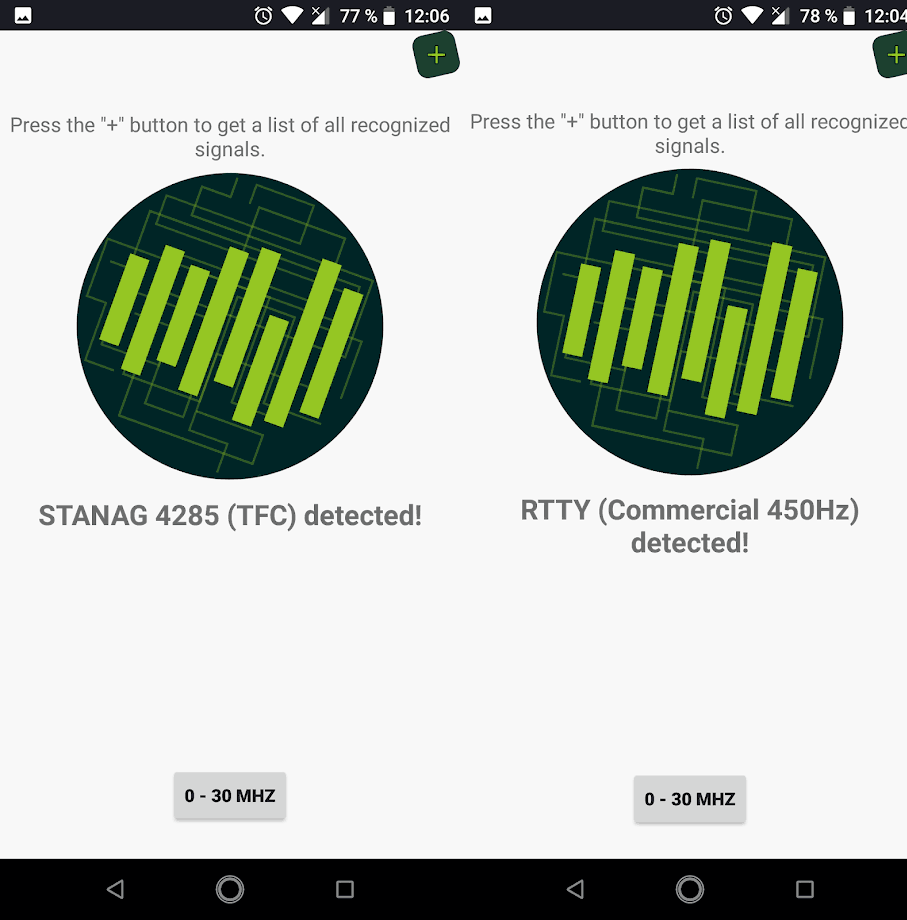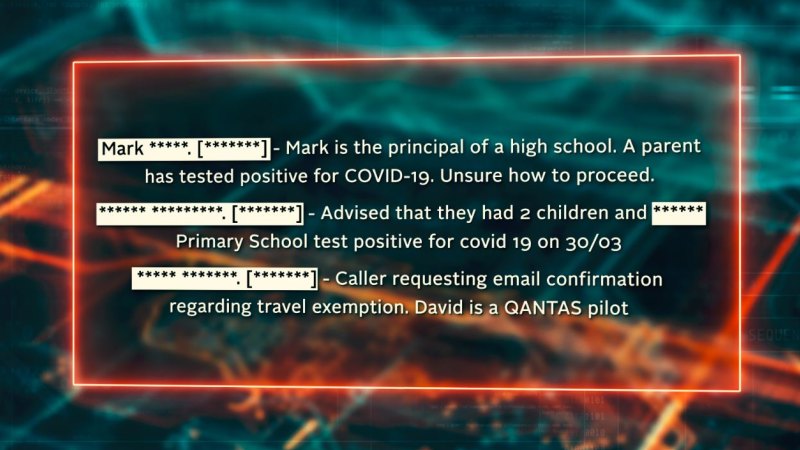SignalID: Shazam Style Automatic Signal Identification for Android
SignalID is a new Android app available on the Google Play store which offers Shazam-like radio signal identification. Just like Shazam does for music, you simply tune to an unknown signal with your SDR, play the raw audio, and let the app listen to it for five seconds. It then computes an audio fingerprint and checks to see if it knows what the signal is.
We tested the app but unfortunately we were unable to get it to detect any signals. Please write in the comments if you have success. As it uses audio fingerprinting, the app is probably highly dependant on choosing the correct demodulator (AM/FM/SSB etc), and also the tuning and signal quality. We note that most of the signal sources seem to come from our sister site the Signal ID Wiki. Searching through the wiki is a good alternative if automated solutions fail.
However the the app is new and we expect improvements and more signals to be added in the future. Currently the following signals can be recognized:
| - RTTY (Commercial 85Hz, 170Hz, 450Hz, 850Hz, Amateur 170Hz) - PactorI (Standard, FSP, FEC, SELCALL) - ASCII (170Hz) - ALIS - Codan8580 (200Hz, 250Hz) - CIS36_50 - CIS40_5 - CIS50_50 - STANAG 4285 (GEN, SYS3000 FEC, 8PSK, TFC, IDLE, SYS3000) - FT4 |
- FT8 |
We note that this app reminds us of a Python based signal identification app for the PC called "audio_recognition_system" which we posted about earlier this year.

